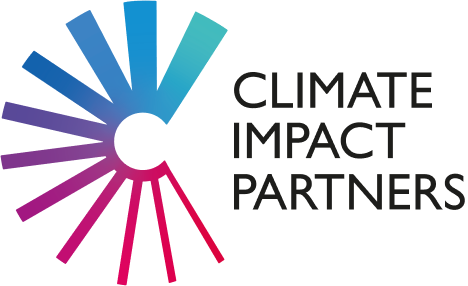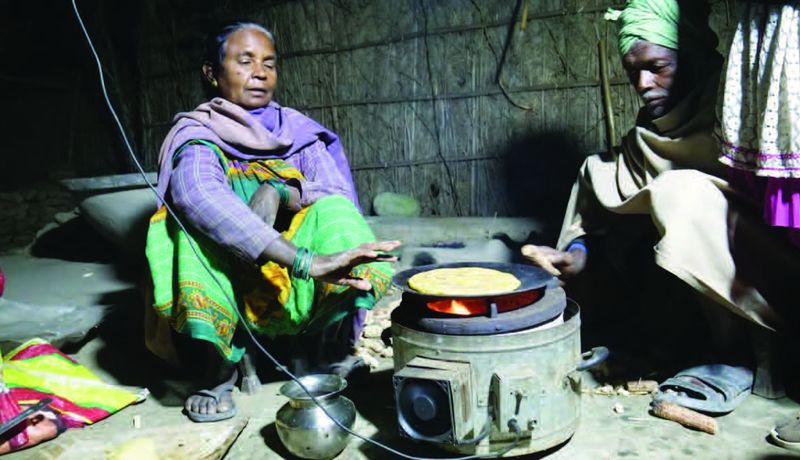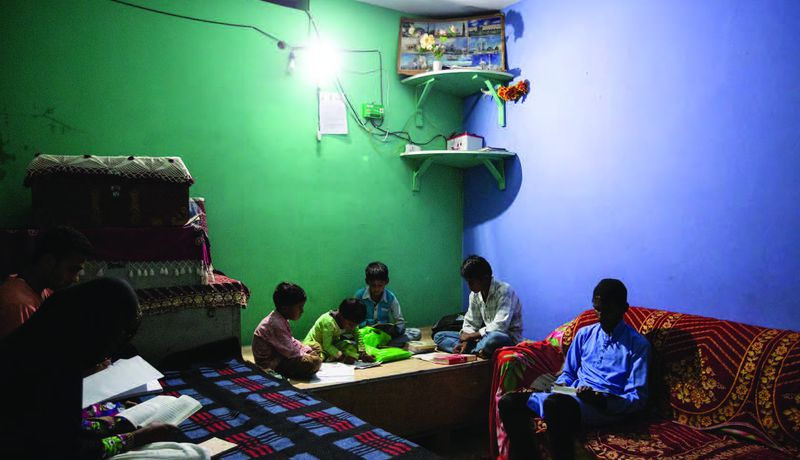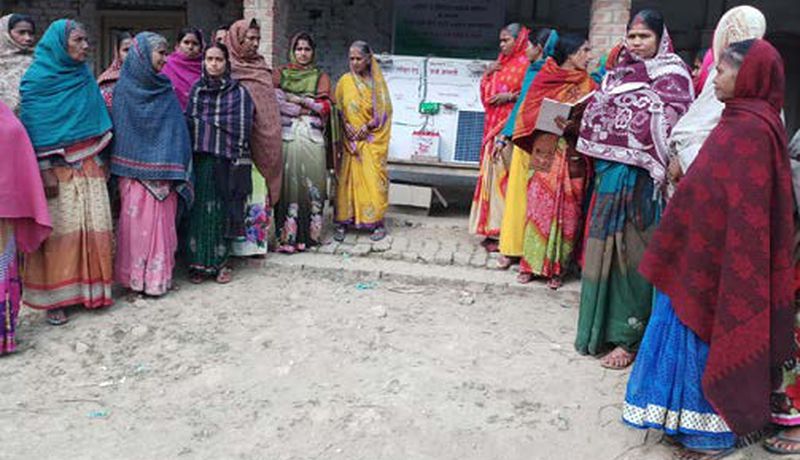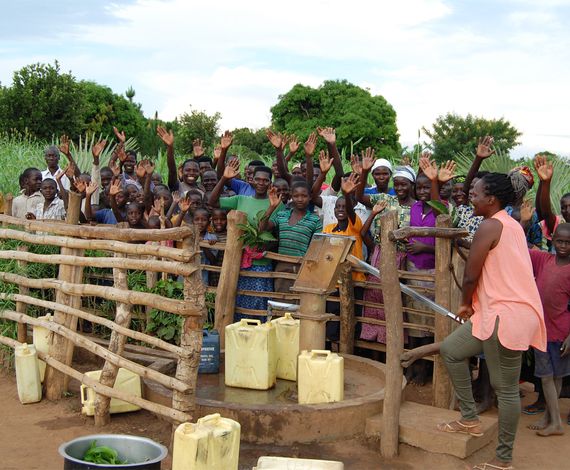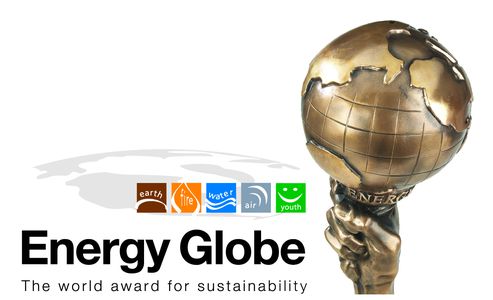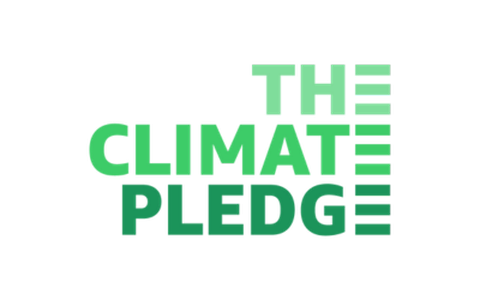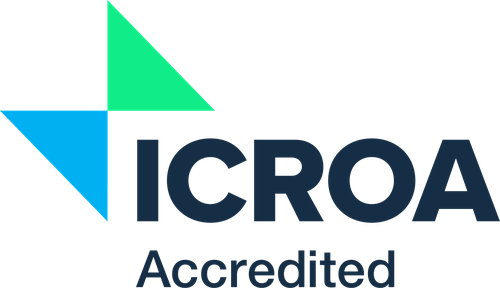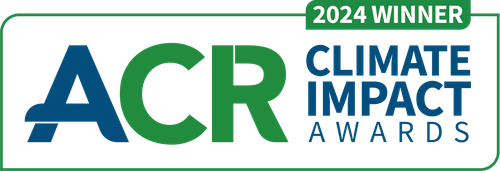Traditionally, kerosene lamps are used in rural areas with limited access to electricity from the grid. Kerosene is often the only source of light, restricted to a single room, which restricts the daily activities of cooking or studying. Households are also using traditional biomass stoves or three-stone fires.
This integrated domestic energy project distributes and maintains clean lighting and cooking technologies, providing access to clean and affordable cooking and energy services across India. Efficient forced-draft biomass cookstoves replace traditional and less efficient biomass cookstoves while the solar system provides lighting and a mobile charging facility. The system significantly reduces fuel costs while improving the household environment.
Hundreds of millions of people in India have gained access to electricity and clean cooking in recent years.
IEA India Energy Outlook 2021In addition to delivering emissions reductions to help take urgent action to combat climate change (SDG 13), the project delivers a number of other sustainable development benefits. These include:
- Good Health and Well-being: The displacement of traditional three-stone fires and cookstoves with high efficiency and smokeless cookstoves reduces indoor air pollution and contributes to a healthier environment.
- Affordable and Clean Energy: There are now 50,000 people with solar powered lighting and more efficient cooking, benefitting from energy and fuel savings.
Our goal is to deliver 1 billion tonnes of emissions reductions by 2030
600+ projects have been supported by Climate Impact Partners
100+ million tonnes of emissions reduced through carbon finance
Delivering towards the Global Goals

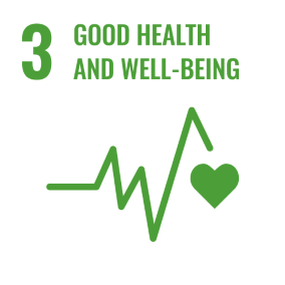
Good Health and Wellbeing
Ensure healthy lives and promote well-being for all at all ages
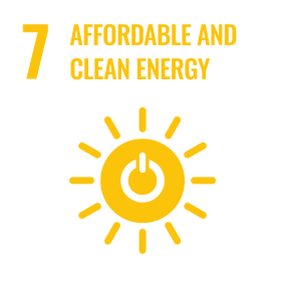
Affordable and Clean Energy
Ensure access to affordable, reliable, sustainable and modern energy
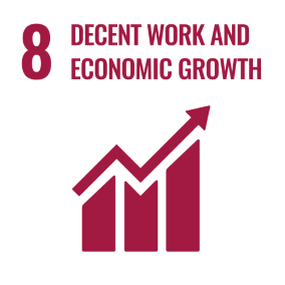
Decent Work and Economic Growth
Promote inclusive and sustainable economic growth, employment and decent work for all
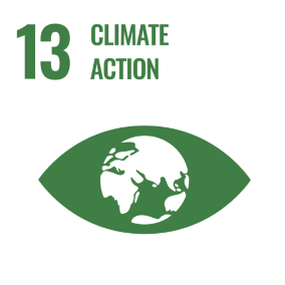
Climate Action
Take urgent action to combat climate change and its impacts


Supporting our projects delivers on multiple UN Sustainable Development Goals (SDGs). You can read more on the Goals below.
Learn more about the global goalsNext Steps
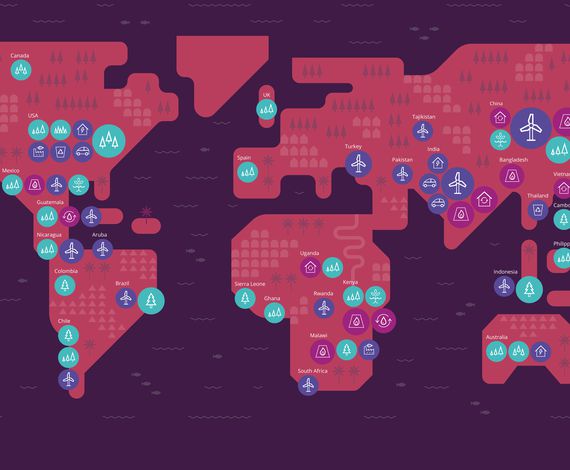
Explore our projects
Explore our range of projects across the globe: nature based solutions, health and livelihoods and sustainable infrastructure.
Explore
Business Solutions
We are the leading solutions provider for carbon offsetting, net zero, carbon neutrality and carbon finance project development.
Read more